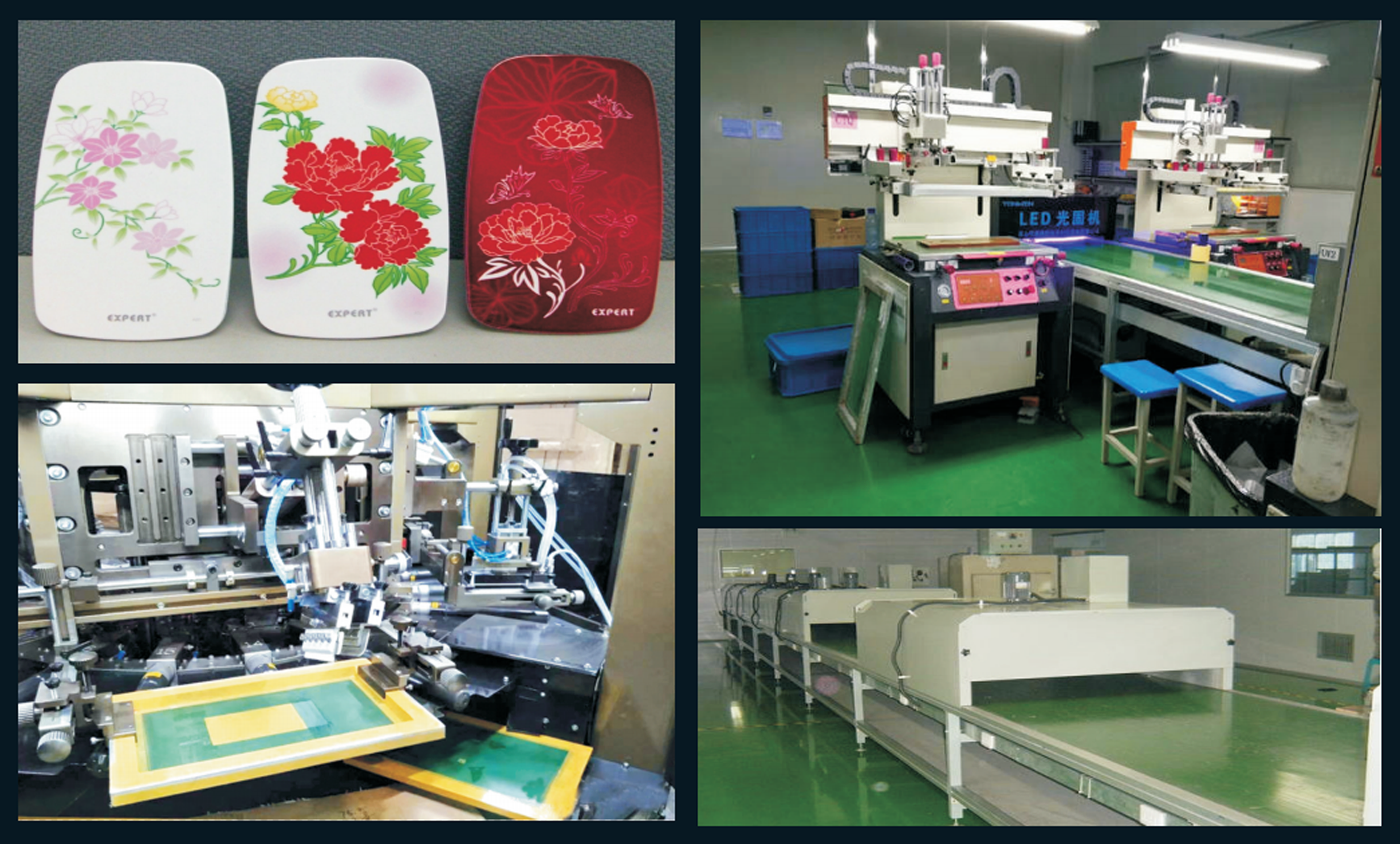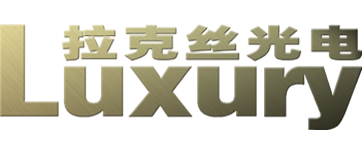Analysis of UVLED application
Concept
UV ink has covered offset printing, screen printing, inkjet, pad printing and other fields. The traditional printing industry generally refers to UV as a printing effect process, that is, coating a layer of varnish on the printing pattern, with bright, frosted, inlaid crystal, glitter. etc., mainly to increase the brightness and artistic effect of the product, to protect the surface of the product, its high hardness, corrosion resistance and friction resistance, not easy to appear scratches, etc. Some lamination products are now changed to UV, which can meet environmental protection requirements, but UV products are not easy. Adhesion, and some can only be solved by partial UV or sanding.
UV is the abbreviation of Ultra-Violet Ray in English. The spectral range of industrial UV light source is 200nm-450nm, which is divided into:
UVA: 320-400nm
UV B: 290-320nm
UV C: 200-290nm
UV V: Above 390nm
application
The application of UV printing is one of the most important contents in the printing industry.
There is no doubt that the deep processing of packaging products such as: hot stamping, lamination, embossing and various glazing applications have become common, among which special effect glazing has become a trend. The rise of various coating technologies is largely due to the development of technology and the configuration of printing presses. In the folding carton printing of cosmetics and cigarette packs, the sheetfed offset press occupies an absolute advantage. For those special parts that are difficult to be completed by offset printing, it can be realized by silk screen printing or single-sheet gravure printing.
The multi-unit coating unit has become the most basic component of the sheet-fed offset press, through which it can easily complete the coating of special effects, and some special materials are often used in cosmetic packaging. Metal cardboard, composite cardboard and aluminum-sprayed paper, as well as varnished cardboard, are more and more widely used in the field of cosmetic packaging, showing a sustained and stable growth momentum. New transparent composite materials have also begun to be used in plastic box packaging. Since these substrates cannot be printed by ordinary means, but must be achieved by UV technology to achieve the desired effect, not only is UV coating more and more applied, but the use of UV printing inks is also more common.
According to this trend, UV printing will become the standard configuration in the future, and the completion of printing jobs with stable quality will no longer depend on luck as before. The powerful delivery curing system is only the most basic configuration, and the intermediate unit curing is no longer a luxury equipment. These devices provide a broad application space for printing companies and can fully meet various special requirements of the cosmetics industry. The UV printing process mainly refers to the use of special UV ink to achieve partial or overall UV printing effect on the UV printing machine. It is mainly suitable for the printing of non-absorbent materials, such as: gold cardboard, silver cardboard, pearl paper, transparent self-adhesive , plastic, PVC, PE, grating, etc.
Compared with traditional offset printing, UV printing has the characteristics of bright colors, special printing materials, novel products, and broad market prospects. It is suitable for high-end business card packaging, high-end commercial albums, special desk calendars, special label printing and other product fields. You can search for special Label printing, there is an introduction to this UV printing.
craft
The growth of UV printing is driven by its value-added printing attributes, which can highlight several advantages in the application areas of publishing printing, commercial printing, packaging printing and labeling market. The reasons for this can be seen in the ever-increasing user demands:
Not only paper and cardboard, but also a wide variety of substrates can be used, including low-absorbing or non-absorbing materials (plastics, foils, metals, and heat-sensitive materials).
Very high gloss effect, sometimes combined with scratch and scratch resistance.
Variety of varnishes with special functional, tactile and special graphic finishes.
High surface resistance (anti-rubbing and scratching), especially for packaging and publication covers.
Accelerates the completion of jobs, especially short runs, because UV printing can be immediately finished in many cases.
The key business advantage of UV technology is the flexibility of application, which can obtain a variety of product functions, and obtain special applications on various printing materials and surface finishing. This provides creative opportunities for print buyers to differentiate their products and add functional features to their products. UV printing can provide value-added services to existing customers and attract new business. In some cases, UV printing and varnishing reduces the overall production cost compared to other processes; on the other hand, the higher selling price of UV products increases investment even when UV production costs increase response rate.
UV printing is a highly reliable process. UV inks can be considered environmentally friendly because they do not have the problem of volatile organic component (VOC) solvent evaporation. For example, some traditional sheetfed inks in the United States have fractions classified as volatile organic components (VOC), which are subject to Controlled by law, within limits - in these areas, UV is often classified as a "best available process". In the EU, ink fractions for sheetfed printing are also not classified as volatile organic compounds.
Features
UV printing ink consumption is comparable to traditional four-color process printing: less waste of UV ink.
Widespread European experience shows that the average production output should be similar to the traditional way with best practices (configuration of UV curing equipment, ink and varnish chemistry and correct handling techniques). The overall energy cost of UV production in Shanghai is similar to that of the same press configuration with infrared and hot air dryers. The test results show that the power consumption of UV lamps is 30% lower than that of infrared/hot air drying (calculated using German energy prices). The energy required to start a UV lamp is higher than that of an IR emitter that does not have to be triggered to start, and the kW rate of a UV lamp is usually higher than that of an IR emitter.
face problems
Compared with traditional ink printing, UV printing does have great advantages, but the popularization application still faces some problems that must be solved and improved.
1. The price of UV printing ink
Although UV ink has the advantages of instant curing and good conjunctival performance, it is relatively expensive, and at the same time, special UV blankets and UV ink rollers must be used, which greatly increases the product cost.
2. Adhesion of UV printing ink
During the curing of UV ink, the internal components are cross-linked and polymerized, and the instantaneous volume change produces a large internal stress, which affects the adhesion of the ink to the printing material. Although this problem can be improved by surface treatment or modification of the substrate, the fundamental solution is to seek and develop UV ink with good adsorption, low shrinkage stress and low price.
3. Suitable fountain solution for UV printing ink
UV inks are mainly used for non-absorbent substrates, and for different substrates, ink formulations are not the same. Therefore, the fountain solution is required to have a wide adaptability to ensure the required printing quality.
Although UV printing has the above problems, with the maturity of related technologies and the expansion of application fields, its rapid development is inevitable. In the near future, UV printing will be more widely used and popularized.


